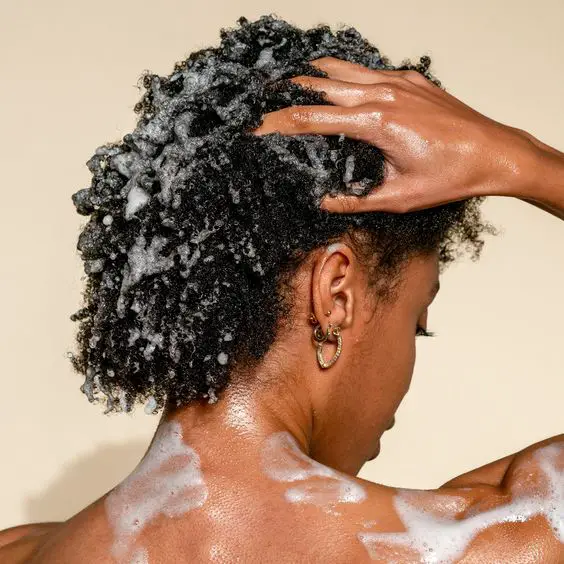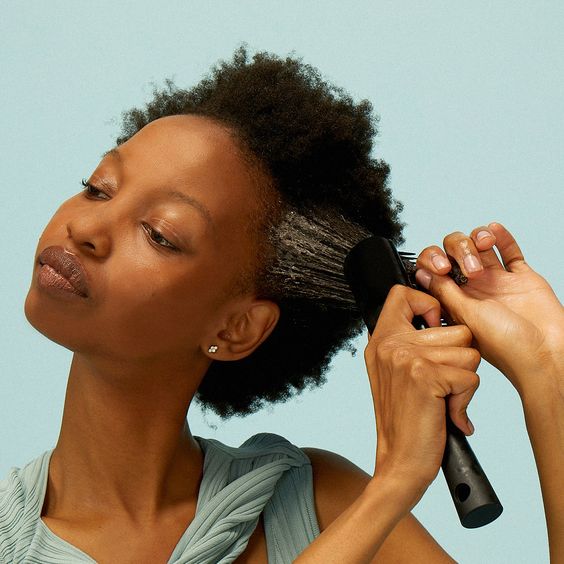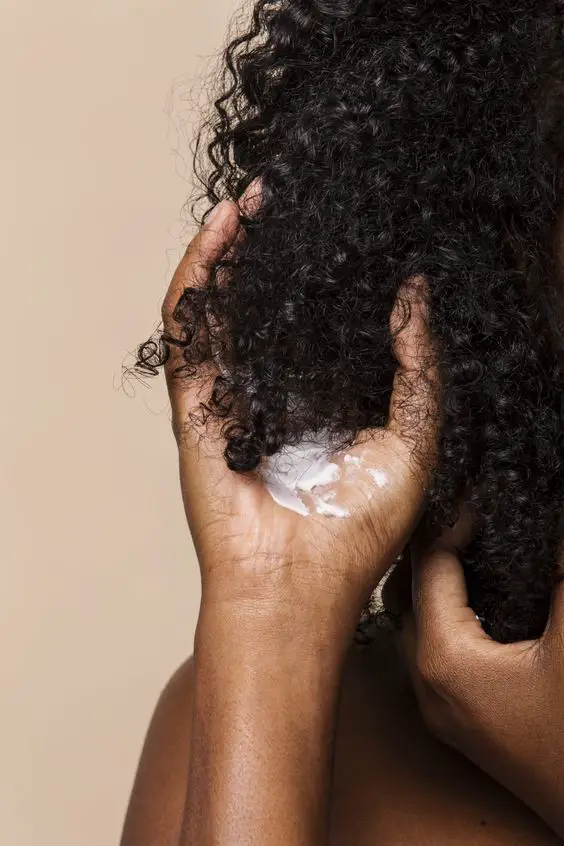7 Simple Tips to Care for Afro Hair and Keep It Soft
Afro hair is special because of its tight curls and rich texture. It stands out from other hair types and is a source of pride for many people. To keep it healthy and strong, it needs special care. This helps lock in moisture, stop breakage, and support growth. With the right routine, caring for Afro hair can be rewarding. It builds self-love and confidence by celebrating its natural, beautiful look.
It’s important to know how to care for Afro-textured hair. This helps your hair look great and stay healthy. It also lets you enjoy and feel proud of your natural curls.
Understanding Afro Hair
Afro hair has tight curls or kinks that can be fine or thick. It is very porous, so it soaks up moisture fast but also dries out quickly. Because of this, keeping it from getting dry can be difficult.
Dryness often affects Afro hair because natural scalp oils have trouble moving down the hair strands. This is different from straighter hair types. Keeping moisture in the hair is very important. Without enough hydration, hair can get brittle and break easily. Shrinkage is normal for Afro hair, but it can make styling and managing the hair harder.
Keeping moisture in your hair is very important to solve these problems. Use hydrating products such as leave-in conditioners, oils, and creams to help your hair stay soft and healthy. Also, handle Afro hair gently, especially when detangling, to avoid breakage.
Building a Hair Care Routine
Creating a good routine is key to keeping Afro-textured hair healthy and beautiful. Because this hair type has special needs, focus on gentle care, keeping it well-moisturized, and regular upkeep.
Cleansing
Washing afro hair too often can remove its natural oils, which help keep it soft and healthy. It is best to wash afro hair once every 7 to 10 days. Use a gentle, sulfate-free shampoo to prevent dryness. A good choice is SheaMoisture Raw Shea Butter Moisture Retention Shampoo.
Conditioning
Deep conditioning is essential to keep hair hydrated and strong. Moisturizing products such as TGIN Honey Miracle Hair Mask or Mielle Organics Babassu Oil & Mint Deep Conditioner help bring back moisture and improve elasticity. They nourish the hair, making it healthy and easier to style.
Detangling
To prevent hair breakage, gently detangle Afro hair when it is damp. Apply a conditioner or detangling spray first to make the hair slippery and easier to manage. Take your time and be gentle. Using products like Kinky-Curly Knot Today Leave-In Conditioner helps add slip and makes detangling smoother.
Moisturizing & Sealing
Keeping moisture in Afro-textured hair is very important. After you wash and condition your hair, use a leave-in conditioner. Then, add an oil or cream to lock in the moisture. Many people use the LOC method, which stands for leave-in, oil, and cream. This helps your hair stay soft and hydrated for a longer time. Products like Cantu Shea Butter Leave-In Conditioning Repair Cream or Camille Rose Almond Jai Twisting Butter work well to keep your hair moisturized and soft.
Protective Styling and Low Manipulation Techniques
Protective styles like braids, twists, and buns help keep Afro-textured hair safe from damage. They lock in moisture, lower breakage, and support hair growth by reducing how much you handle your hair. These styles hide the hair ends, stopping them from drying out and rubbing against clothes or hands. Low manipulation styles, such as puffs or wash-and-go looks, also help prevent breakage because they don’t need lots of combing or daily styling.
To keep your protective styles healthy, moisturize your hair often with a leave-in conditioner or light oil. This stops your hair from getting dry. Protect your edges by using a gentle edge control and avoid tight hairstyles that pull on your hair. At night, wear a satin or silk scarf or sleep on a satin pillowcase. This helps your style last longer and prevents breakage.
Night-time hair care
Taking care of Afro-textured hair at night helps keep it moist and stops it from tangling. Sleeping on silk or satin scarves and pillowcases lowers friction, which prevents breakage and frizz.
These fabrics do not soak up moisture like cotton does. They help your hair stay moisturized all night.
Common Mistakes and How to Avoid Them
Washing Afro hair too often removes its natural oils. This can cause dryness and breakage. Wash your hair once a week using a gentle shampoo without sulfates. Also, remember to deep condition regularly. Moisture treatments help keep Afro hair soft and healthy.
Using heat tools too often can seriously harm your hair. Try to limit blow-drying and flat ironing, and always apply a heat protectant first. Also, remember to care for your scalp. Gently massage it with oils often to boost blood flow and support healthy hair growth.
Embracing Your Afro
Afro-textured hair shows natural beauty and uniqueness. Embracing your hair helps you feel proud and confident. Try different styles like a bold afro, braids, or twists to find what makes you feel strong and happy.
Join a helpful community, online or nearby, where you can exchange tips, stories, and advice about caring for Afro hair.
How often should I wash my Afro-textured hair?
Afro-textured hair tends to be drier because the natural oils from the scalp have difficulty traveling down the coiled hair shaft. It’s recommended to wash your hair every 1-2 weeks to retain moisture. You can also co-wash (use conditioner instead of shampoo) in between washes to maintain hydration without stripping natural oils.
What are the best products to use for moisturizing my Afro?
Look for products with natural oils like coconut, jojoba, or shea butter, as well as humectants like glycerin or aloe vera, to retain moisture. Creams, leave-in conditioners, and oils (like argan or castor oil) help lock in moisture. Avoid products with sulfates, as they can dry out the hair.
How do I prevent my Afro from tangling?
Detangle your hair gently while it’s damp, using a wide-tooth comb or your fingers, starting from the ends and working your way up to the roots. Apply a detangling conditioner or leave-in spray to add slip and reduce breakage. Protective styles like twists or braids also help reduce tangling between washes.
Can I use heat styling tools on my Afro?
You can use heat tools like flat irons or blow dryers, but it’s crucial to do so with caution. Always apply a heat protectant before styling and keep the heat setting low to medium. Overuse of heat can lead to damage and breakage. Air drying or stretching your hair without heat (like banding or twisting) is a safer alternative.
What is a protective style, and why is it important for Afro hair?
A protective style is a hairstyle that minimizes manipulation and shields the ends of your hair from damage. Styles like braids, twists, Bantu knots, and cornrows are popular. They help retain moisture, prevent breakage, and promote growth by protecting your hair from environmental stressors and excessive styling.
Takeaway
Looking after Afro hair needs time, care, and a good routine. Using moisture, gentle handling, and protective styles will keep your hair healthy and help it grow strong.
Feel free to explore new hairstyles and routines that boost your confidence and highlight the natural beauty of your Afro-textured hair. When you care for it well, your hair will stay strong, healthy, and something you can be proud of.





